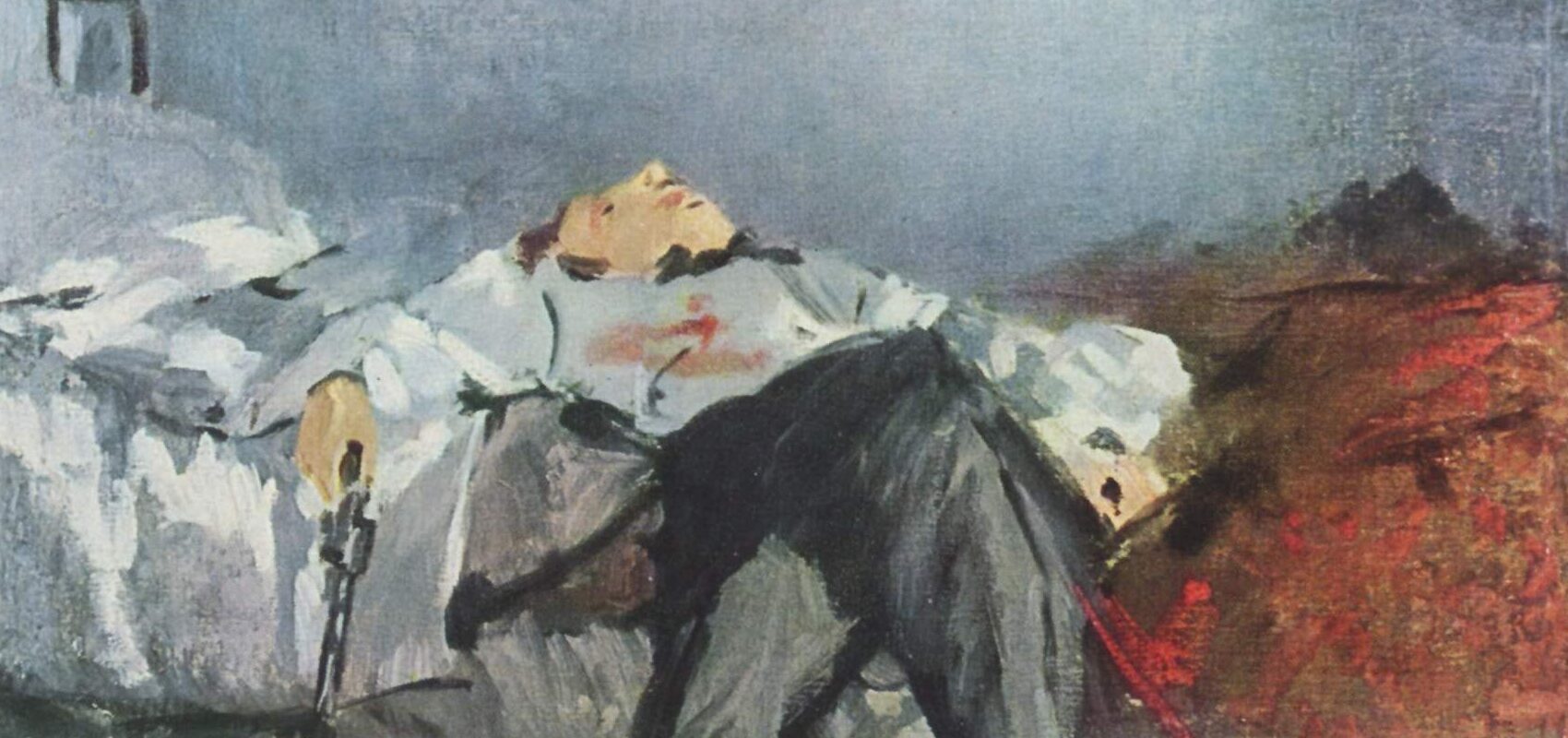
A few years ago, I spoke about end-of-life care at a town-hall event; it quickly devolved into an intense debate on assisted suicide. When the time came for audience questions, a self-described “mentally ill” woman took the microphone and declared that she had a right to doctor-prescribed death. More than half the audience burst into applause.
Helping the mentally ill commit suicide was unthinkable not long ago. Today, it is a growing practice.
In the Netherlands, for example, psychiatrists legally kill their patients with the approval of colleagues and the culture. Indeed, the Dutch Journal of Psychiatry has encouraged psychiatrists to euthanize patients with severe mental illnesses (corrected Google translation):
Assisted suicide, as a last resort in psychiatry, legally admissible since 2002, has recently been legitimized in practice. The midwife of Death is now appropriate forpsychiatric patients, representing an emancipation of the psychiatric patient and psychiatry itself.
Netherlanders responded positively to their “emancipation”: The number of euthanasia deaths of the mentally ill rose from fourteen in 2012 to forty-two in 2013. Not coincidentally, a just-released study reports that 34 percent of the country’s general practitioners would consider euthanizing a mentally ill patient.
Belgium is even more enthusiastic than the Netherlands about euthanizing those with psychiatric illnesses. The most well-known case is that of Godelieva De Troyer, who was euthanized by oncologist and palliative medicine professor Wim Distelmans. De Troyer did not have cancer; after a lifelong struggle with depression, she consulted with Distelmans (now a famous euthanasia doctor and advocate) for the sole purpose of being made dead.
Distelmans also made the news when he euthanized Nathan Verhelsta, who requested and received lethal injection after becoming distraught over his female-to-male sex change surgery. Needless to say, Verhelsta didn’t have cancer, either.
A morally sane country would strip Distelmans of his license to practice medicine and prosecute him for murder. Instead, not only does he have nothing to fear from colleagues or prosecutors, but he was recently awarded the Liberal Humanist Prize for having “demonstrated in his life and work a genuine and sustained liberal humanist engagement.” Belgian doctors have also coupled the euthanasia of the mentally ill with organ harvesting. One particularly disturbing case involved a patient who was a chronic self-harmer (auto-mutilation); her death and the harvesting and transplant of her lungs was written about approvingly in an international medical journal.
Most recently, Belgian psychiatrists officially approved the euthanasia of a chronically depressed 24-year-old woman as a treatment for her suicidal desires. As of this writing, her death is pending.
Switzerland’s suicide clinics also readily serve the mentally ill and depressed. For example, last year, an elderly Italian woman received assisted suicide at a Swiss clinic because she was depressed by the loss of her beauty. Indeed, the Swiss Supreme Court has declared that the mentally ill have a constitutional right to assisted suicide.
Next year, Canada will likely join the list of countries that allow mentally ill patients to be euthanized. A recent landmark ruling by the Canadian Supreme Court declared a Charter right to euthanasia for anyone diagnosed with a medical condition that is irremediable—even if that is due to the patient’s refusal of treatment. The Court included “psychological pain” as a justification for euthanasia.
When I cite these and other cases, I am often told, “This will never happen in America.” But it already has. Several of Jack Kevorkian’s assisted-suicide victims were not physically ill, but suffered mentally. Marjorie Wantz, his second “patient,” had been hospitalized for psychiatric illness, abused the sleep medication Halcion (which can cause suicidal desires), and complained of pelvic pain. Her autopsy showed no physical illness.
Then there is the 1996 case of Rebecca Badger, age thirty-nine, who sought out Kevorkian’s help with her suicide because she believed she had multiple sclerosis. Her autopsy proved not only that she did not have the disease, but also that she was not physically ill at all. Further investigations revealed that Badger was a recovering alcoholic who was suffering from depression and was addicted to pain pills.
Judith Curren, age forty-two, may have been the victim of spousal abuse. A woman who was allegedly addicted to prescription drugs, Curren reported her husband to the police for violently abusing her—shortly before he flew her to Kevorkian for her death, also in 1996. She had been diagnosed with chronic fatigue syndrome, but her autopsy detected no illnesses.
Despite all of this, Kevorkian enjoyed high poll ratings and was played in a hagiographic biopic by Al Pacino.
Euthanasia may not start with the mentally ill. But when society accepts the fundamental premise that killing is an acceptable answer to human suffering, those with serious psychiatric conditions become easy targets.
